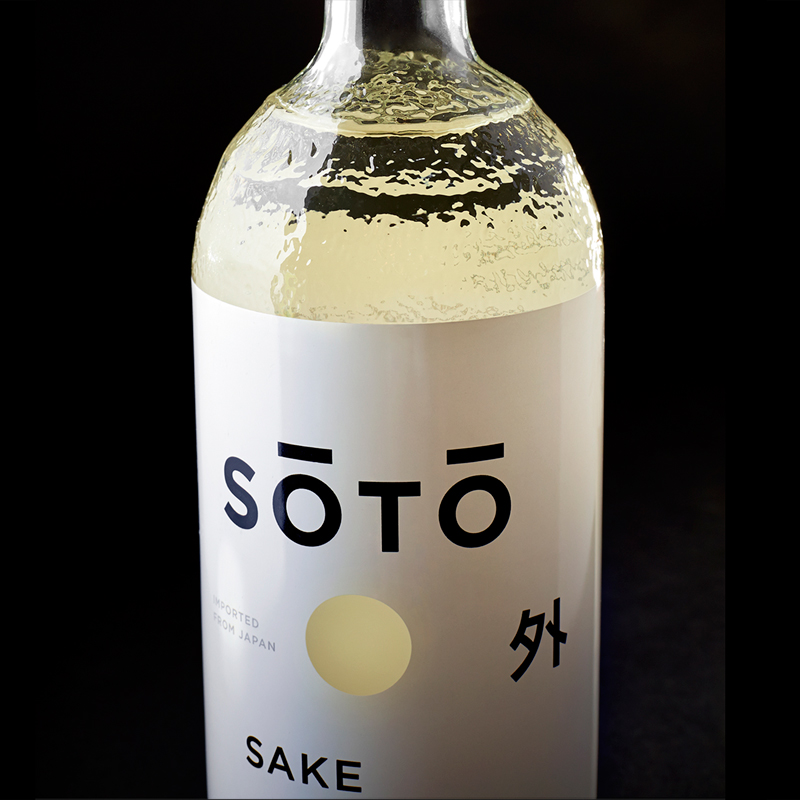Word of Mouth: Sake in Brooklyn
Where (and how) to order the ancient Japanese drink in the New York borough

For a growing number of drinkers, sake is an exciting new (but actually ancient) territory to explore. Essentially fermented rice alcohol, sake tends to be compared more often to wine, but its brewing process is much more similar to that of beer. It’s been brewed that way for thousands of years in Japan, calling upon a simple ingredient list of rice, water, yeast and koji. Each ingredient is integral to the taste of the final product. The water (an ingredient many might at first disregard) comprises as much as 80 percent of the finished sake, so the water source can dictate the “terroir” of the brew.

The art of sake-making continues picking up steam stateside, as micro-breweries pop up around the country and bring their own unique iterations of the beverage to the playing field. Perhaps not too surprisingly, one of the best places in the US to enjoy sake is Brooklyn—home to two sake breweries, as well as unique bars that shine a well-deserved spotlight on the iconic Japanese booze. These two tiny but mighty distilleries, along with charming bars and quirky restaurants, make the sake scene in Brooklyn rich and exciting.

Before heading straight into the list of where to imbibe, we’d be remiss not to provide a quick explanation of how to find the perfect sake once you arrive.
Beginners would do well to remember the word “junmai,” broadly meaning pure rice sake—meaning no other alcohol, acids or flavors are added to the final product. Junmai sake is also brewed with a high rice polishing ratio to at least 70 percent (so around 30 percent of the grain is removed). During the sake-making process, rice is polished before soaking because unaltered grains of rice are covered in unwanted proteins and fats, which cannot be digested by the sake yeasts. The outer layers are therefore polished away to leave only the starchy centers of the grain, which will be converted into sugars during the fermentation process. A general rule of thumb is that the higher the polishing ratio, the more delicate the flavor of the sake. Though there are always exceptions to any rule. With all that in mind, ordering a junmai sake at a restaurant or picking a bottle to enjoy at home is a pretty safe bet. The price of junmai usually won’t set you back outrageously, either.
If starting at the very top is your kind of thing, you can also try out a junmai ginjo or a junmai daiginjo, which are defined by polishing ratios to at least 60 percent and 50 percent, respectively. The price point for these bottles is generally higher than that of a junmai, and the flavor tends to be even lighter, more complex and very fragrant.

Ginjo is also an important category to be aware of—a form of premium sake whose official labeling classification has only been around for the past 50 years or so. Sakes that fall within this category are distinguished by fresh, floral and fruity aromas, and a delicate taste to match. A junmai ginjo is a ginjo-type sake that fulfills the parameters of purity required of a junmai, meaning no extra alcohol or additives come into the mix.
Don’t be mistaken, though: just because a sake doesn’t meet the purity standards required to be a Junmai doesn’t mean it isn’t delicious and artfully brewed. Honjozo is just one of the premium sake types to incorporate a small amount of distilled brewers alcohol, which not only raises the final ABV but also helps to introduce more complex flavor.
Then there’s futsu-shu, which many would not advise starting one’s sake journey with as it’s the sake equivalent of table wine, which can often be found at a typical sushi restaurant, served warm, and the rice used is usually barely polished—meaning the flavor might not be top notch.
Armed with all that information, here’s just some of the many spots to enjoy the magic of sake in Brooklyn.

Kato Sake Works
When Shinobu Kato first started drinking sake as a college student in Tokyo, he had a similar experience to many Americans: cheap, warm sake that was the perfect recipe for violent hangovers. It wasn’t until he tasted a bottle of daiginjo with his then-boss that he realized how good it could be. After moving to Tennessee to work for Nissan, Kato struggled to find good sake, which led him to create his own. Now he brews it full time at his 500-square-foot facility in Bushwick. There, he produces three types of sake: junmai, nigori and nama, and the occasional special batch when he has the bandwidth. Kato Sake Works is the ideal place to learn more about sake straight from the extremely knowledgeable and bubbly Kato, tour the facility and taste some of the best sake you never knew existed.
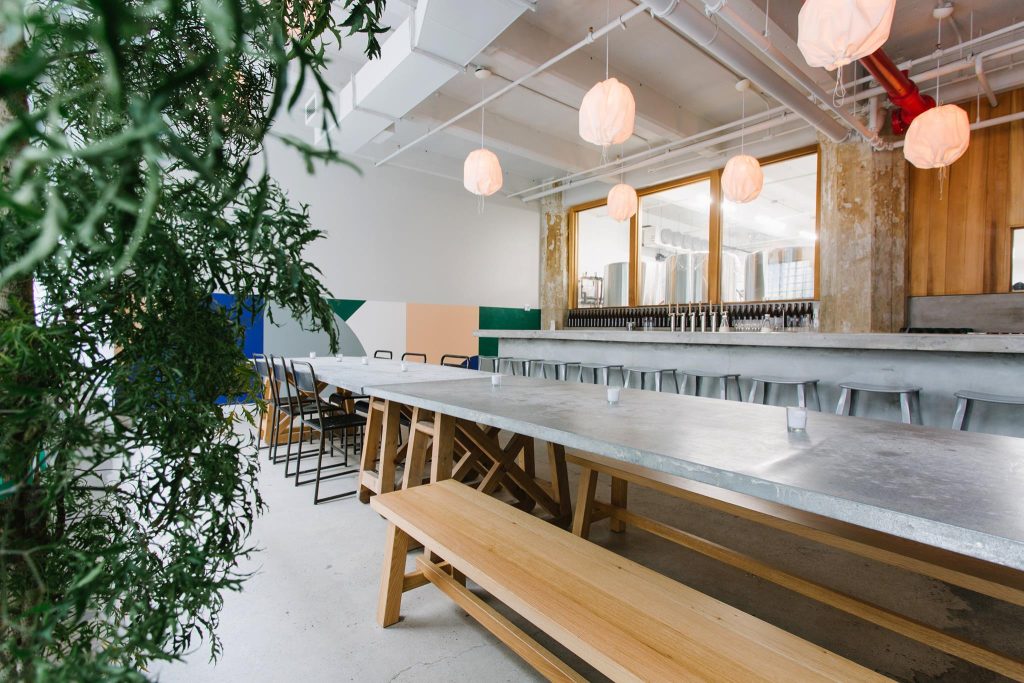
Brooklyn Kura
The first-ever sake brewery to open in Brooklyn, Brooklyn Kura is helmed by Brian Polen and self-taught toji (master brewer), Brian Doughan, and opened back in 2018 in Industry City. According to Polen, the microbrewery found its home in Brooklyn because people there “care about the story of the things they’re consuming, about craftsmanship and quality.” The stylish space is marked by a cobalt blue door emblazoned with the brewery’s logo. Inside, Polen and Doughan have created an environment devoted to teaching visitors that good sake is subtle, complex, best served chilled and tastes good with everything—not just Japanese food.
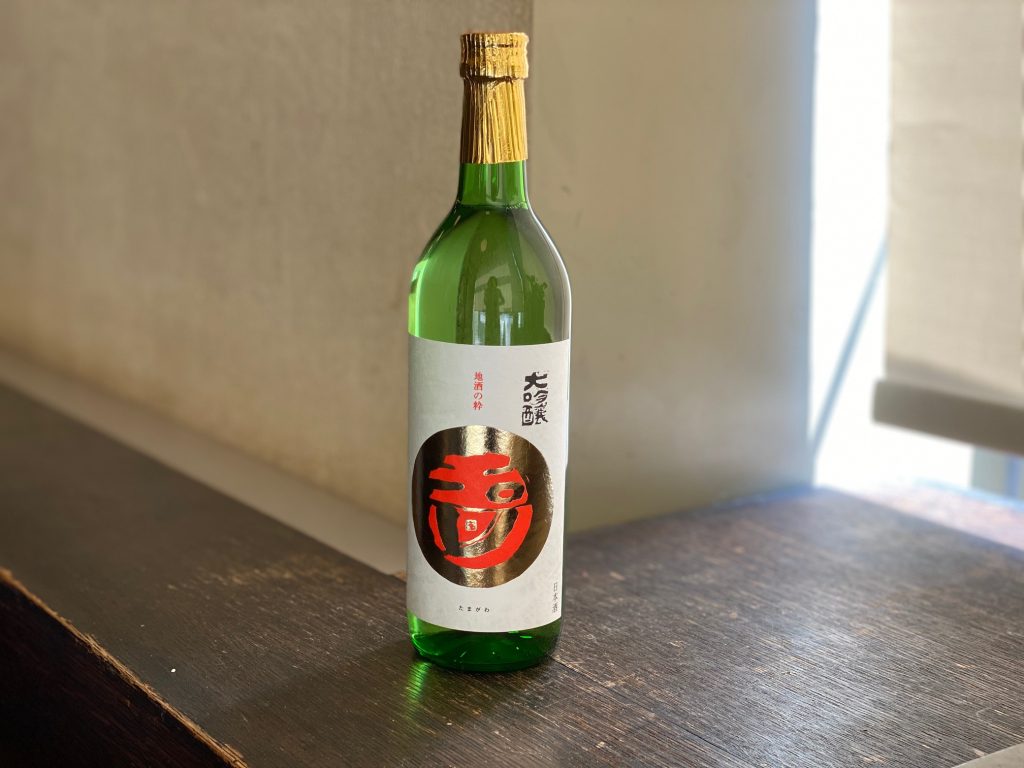
Hibino
Tucked in the neighborhood of Cobble Hill, Hibino is an authentic Japanese restaurant with a cozy vibe. They usually have a line out the door come dinner time, thanks to a great selection of affordable sushi, rotating Kyoto-style small plates and their famous homemade tofu. Hibino’s beverage menu is made up almost exclusively by sake, available by the bottle or by the glass. Their price range is vast; if you don’t want to commit to a pricier brew, you can still get your sake fix in the form of a $20 to $30 bottle—the perfect table mate to affordable nigiri.
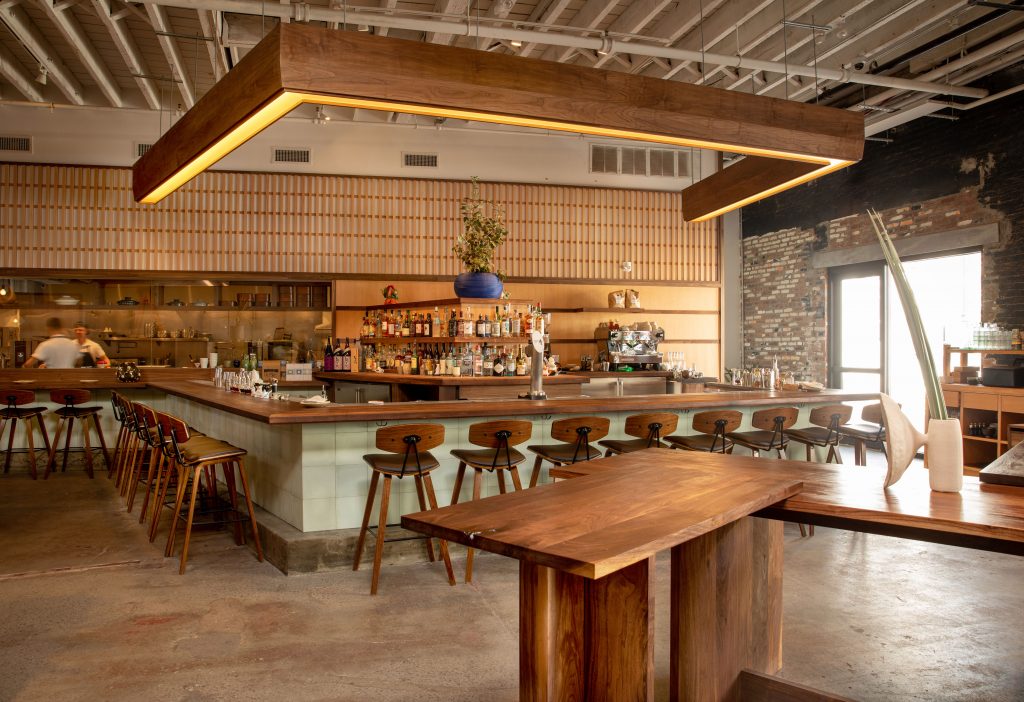
Rule of Thirds
An inventive Japanese restaurant, Rule of Thirds sits north of McCarren Park, on the border of Williamsburg and Greenpoint. The spectacularly designed dining room features a glass case centerpiece filled with bottles of sake, and a plant-filled outdoor space also boasts tiny private dining rooms. “This is a fantastic space with really inventive food. Its menu focuses more on sake that is a little bit more out there: unique flavor profiles, aged sakes, those treated in different ways,” says sake sommelier Chris Johnson. “It caters to the sake drinker that wants to step out past that first level.” To Johnson’s point, Rule of Thirds is a place to explore in more ways than one. Sake drinkers can get funky here with their orders, akin to trying different natural wines. Keep an eye on their website for upcoming Bin-Bin events—Rule of Thirds’ ongoing series of sake-tasting events.
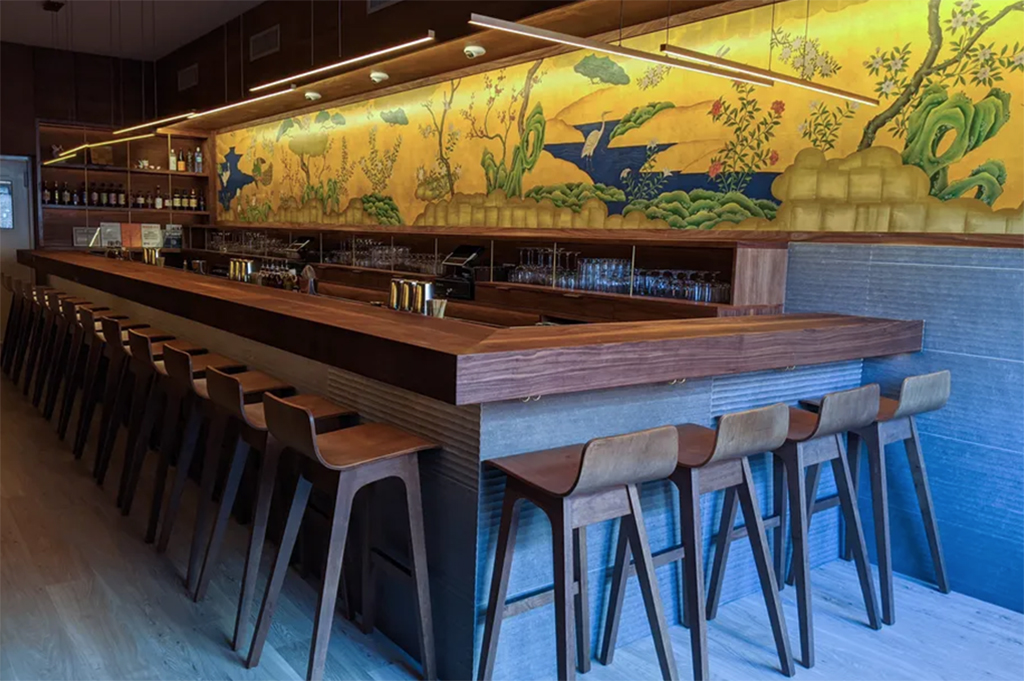
Bar Goto Niban
The sister of Bar Goto in Manhattan’s Lower East Side, Bar Goto Niban is a small but stylish spot in Park Slope, with a long bar that features a gorgeous Japanese-style mural. While the sake selection there is limited, their menu also includes possibly the best introduction to the spirit for a non-sake drinker: cocktails. Bar Goto Niban’s curated cocktail list places major emphasis on Japanese spirits and flavors, including sake, like a sakura martini with sake, gin, maraschino and cherry blossom. The bar is also a great place to acquaint yourself with Japanese whisky.
Hero image courtesy of Brooklyn Kura

